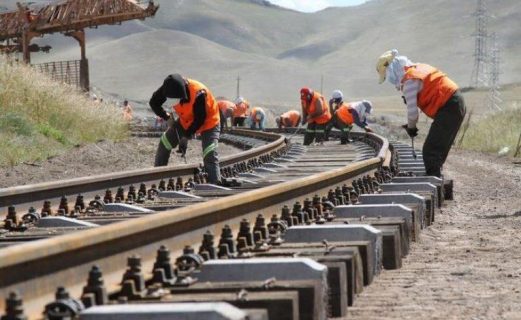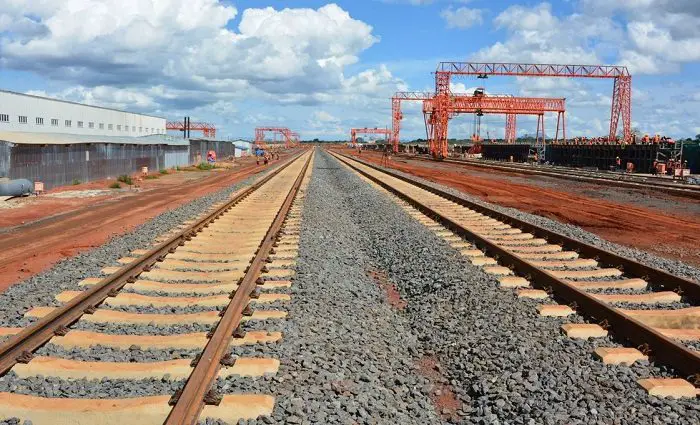The two countries Tanzania and Burundi have commenced the formal talks on the technical areas regarding the construction of a Standard Gauge Railway (SGR) link after managing to get funding of the project from the African Development Bank (AfDB).
The minister of finance in Tanzania, Mwigulu Nchemba, held a number of meetings with the representatives from the African development Bank and the government of Burundi last week, the very first top-tier discussions since the government of Tanzania reached an agreement of $91.76 million with the pan-african lender institution on February 23rd to fast track the upcoming Tanzania-Burundi SGR project, which was delayed for some years as a result of lack of funds.

Developers of the Tanzania-Burundi SGR
According to Tanzania Railway Corporation public notice that was issued in the month of August in the year 2022, the upcoming SGR project will be supervised jointly involving their Burundi stakeholders, ARTF, but Tanzania will handle all the procurement works of the project.
This upcoming SGR project is expected to extend the Tanzania SGR, which is currently at various phases of construction, to Burundi and later further extend towards the Democratic Republic of Congo. Additionally, a funding package of $696.41 million was approved by the AfDB in the month of December last year.

The initial financial package that was issued will be utilized for the construction of 2 phases i.e. Lot 6 and Lot 7 which totals to 567 kilometers running all the way from Tabora to Kigoma in Tanzania and Uvinza to Malagarasi in Burundi which runs for 156 kilometers. The third lot that runs from Malagarasi to the Musongati mines of Burundi is still awaiting funding.
Significance of the Project
The major contractor of the project has not yet been selected. Burundi expects to utilize the SGR to transport approximately three million tonnes of minerals from the Musongati mines, which is approximated to have the 10th largest nickel deposits globally at 150 million plus other additional minerals like copper and cobalt to the Dar es Salaam port in Tanzania alongside one million tonnes of other cargo.

At least 80% of both the import and export cargo of Burundi is usually shipped through the Dar es Salaam port according to the figures that were released by the Tanzania Ports Authority.
Furthermore, the Tanzania-Burundi SGR is foreseen to stimulate the agricultural exchange activity and even transit trade generally between the two neighboring countries via the central corridor while easing further the cross-border movementsb within the East African Community (EAC) bloc. With the objective of revolutionizing the countrys’ railway system, this ambitious initiative aimed to construct a new standard gauge railway line connecting key cities and ports, facilitating efficient transportation and fostering economic growth. Lastly, the SGR shall playe a crucial role in increasing freight, volume, strengthening passenger transportation capacity, boosting the domestic economy and EAC infrastructure development, creating employment opportunities, stimulating the regional economy and enhancing people’s living standards in the region.
Tanzania SGR Construction Project Seeks More Funding in Europe as Turkish Firm Derailed
$12.8 Billion Uganda SGR Project Commences
Kenya-Uganda SGR Commercial Contract Signed Amid Extension Plans

